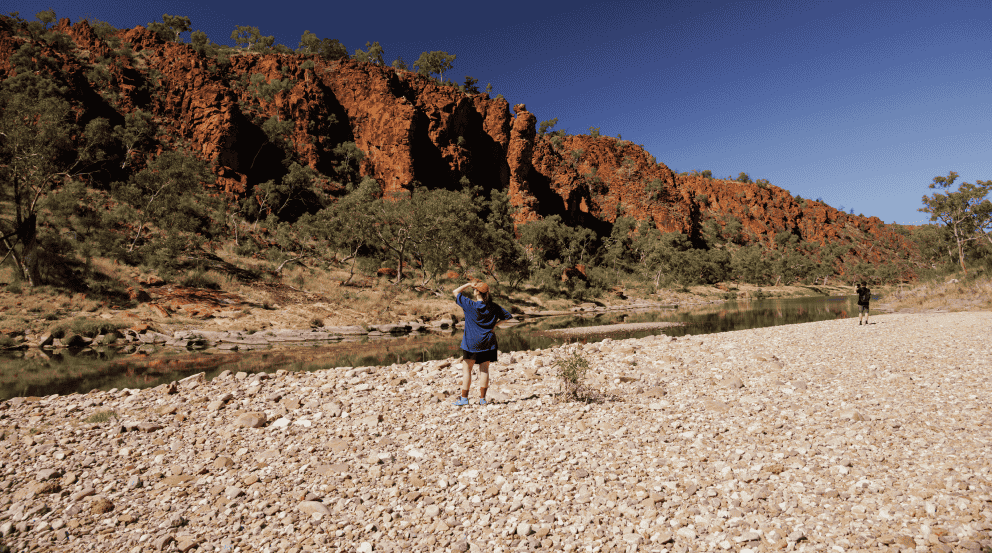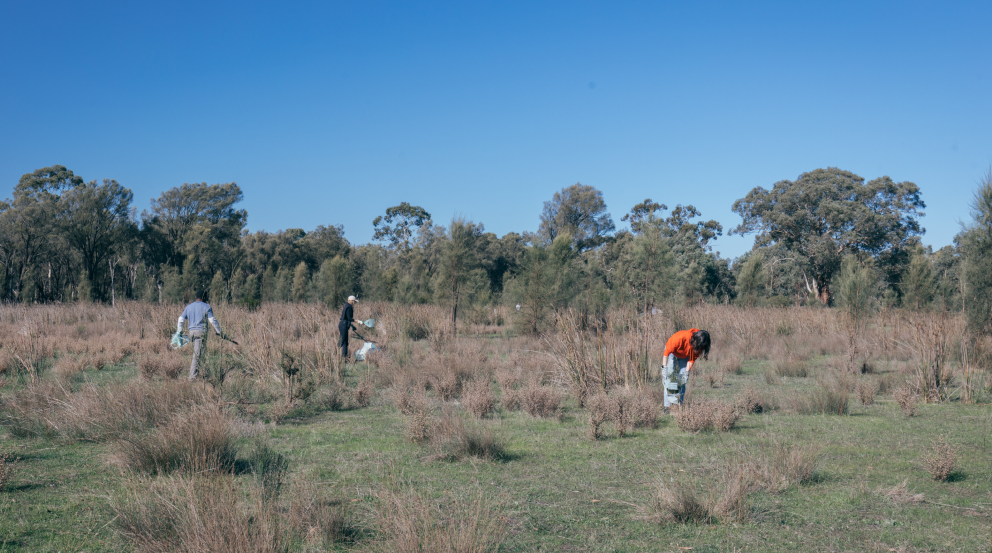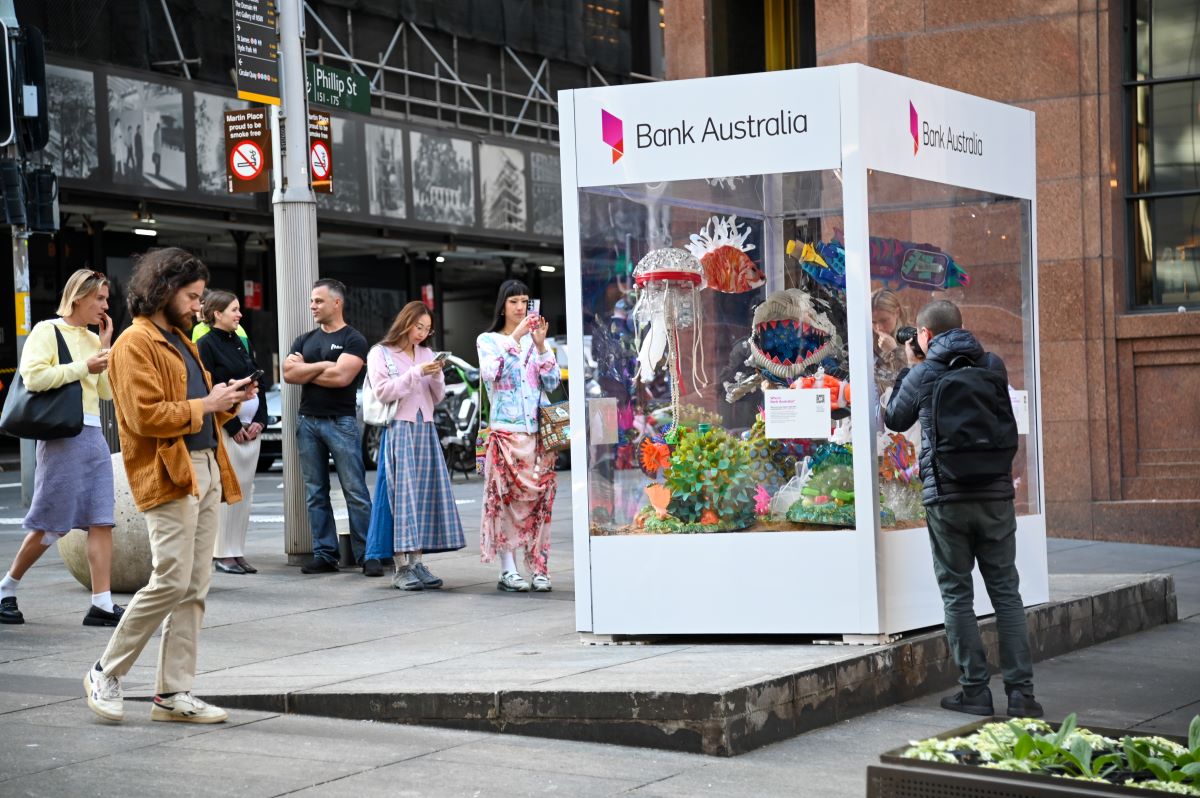As a participating partner in the Victorian Homebuyer Fund (VHF), Bank Australia helps buyers get a foot in the property market. It’s a great scheme, and it’s changing lives. For Nishad and Swarna, it meant a new home for their young daughter and a chance to make new memories.
When Nishad and his wife Swarna emerged from COVID lockdowns in 2021, they started looking for a house to buy. Unfortunately, the couple ran into the same problem many buyers face: borrowing capacity.
“It was overwhelming finding all that money up-front,” says Nishad, who migrated to Melbourne in 2019. “When we approached banks, we realised we’d be able to borrow about $480,000, which wouldn’t buy a house.”
Luckily, Nishad heard about Homes Victoria program (now Victorian Homebuyer Fund) – the Victorian government’s $500 million shared equity scheme. As a participating partner in the fund, Bank Australia was able to help Nishad and Swarna secure a home loan, which they used to purchase a property in Lalor, north of Melbourne. Just in the nick of time, too.
“We were going through a turbulent time emotionally,” Nishad says. “We were expecting our daughter, and our landlord was looking to sell and asked us to leave. We had to find a new rental in a very short time. That is then we decided
we need to get our own place. We had to take care of a baby, find a house, buy a house, all at the same time. It was a lot!”

The VHF scheme works like this: by tapping into the fund, buyers can access money from the state government for their deposit, in exchange for an equivalent share in the property. This increases your potential buying power. For example, Nishad and Swarna had managed to save a 5% deposit, which would usually attract Lenders Mortgage Insurance (LMI), but the Victorian Government chipped in 25% of the purchase price in exchange for equity.
The government doesn’t receive any interest on their investment, but they do share in any capital gains proportional to their stake. Nishad crunched the numbers: the extra borrowing capacity, combined with capital gains and narrowly avoiding LMI, would more than offset the reduced equity. The couple decided to go for it.
“It enabled us to buy a house immediately,” Nishad says. “We had that 5%, so we were eligible to participate in the program. The shared equity scheme immediately gave us some breathing space, in terms of price. We were able to look at properties in that $650,000 to $700,000 range.”
There were other factors that made the VHF more attractive. Nishad and Swarna are both engineers, but Swarna is currently studying a PhD and some banks refused to accept her annual stipend as income. This really restricted the couple’s borrowing power. Luckily, when Nishad got onto the Bank Australia lending team, they were listened to carefully.
“Hayley at Bank Australia really helped me through the process,” Nishad says. “I explained to her where we were at, and what we’d been told by other banks. Thankfully, with Bank Australia, my wife’s stipend was calculated, so we had significantly more bandwidth.”

Nishad was born in Bangladesh. After working in Singapore for several years, he and Swarna emigrated to Australia in December 2018. Due to COVID-19, the next two years were a blur of lockdowns and rental stress, and the couple seriously considered moving back home. When the lockdowns lifted, they began looking at properties. In April 2022 they moved into the new house with their five-month-old daughter.
Nishad says the new home in Lalor, with its wide, sunny porch – similar to the houses in Bangladesh – is worth more than just bricks and mortar. It’s a symbol of security and independence. A place where the young family can write their next chapter.
“When we were renting, I was always worried that I might damage a wall,” he says. “I mean, how do I hang a picture? What if my daughter scribbles on the paint? Now I’m not worried at all: if she wants to draw, draw away! No-one’s going to come and say, ‘What have you done?’
“As an immigrant, it’s quite difficult to call a place home. Home to me is where all your memories are. Luckily, when we moved in, our daughter was only about five months old, so we’re making lots of new memories with her – her first proper solid food, first step, first tantrum, and the list goes on. Every day, every passing day, this house feels more like home.”
Bank Australia is a participating lender in the Victorian Homebuyer Fund. Learn more and apply.








